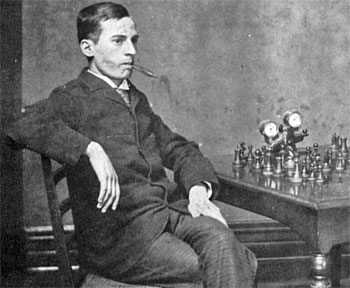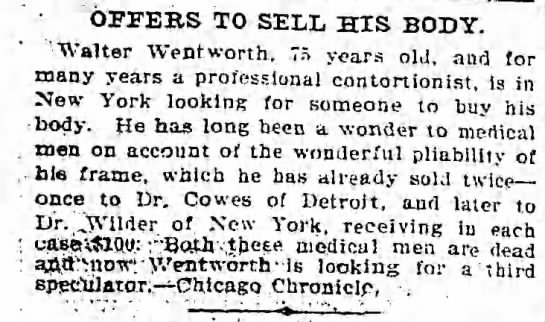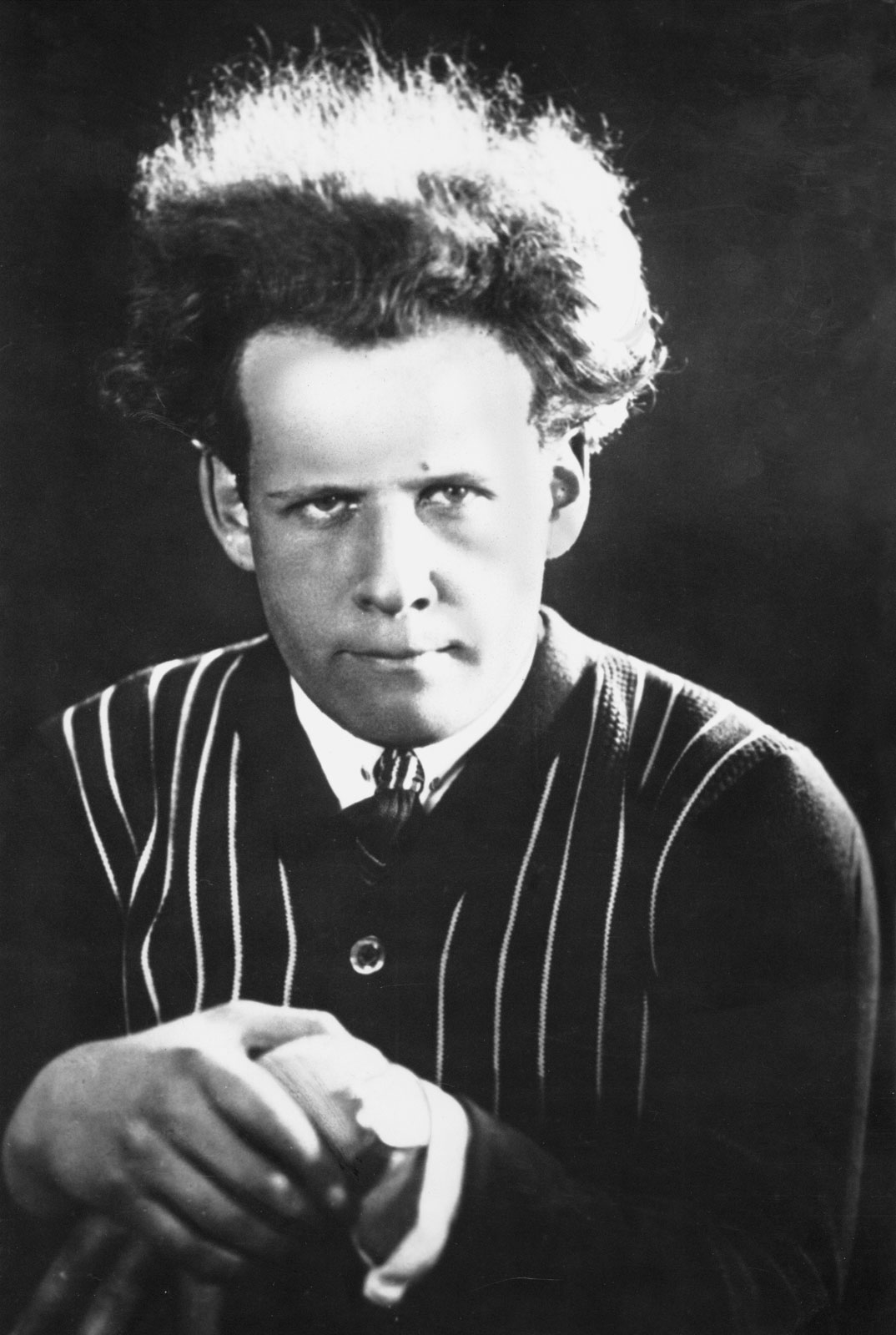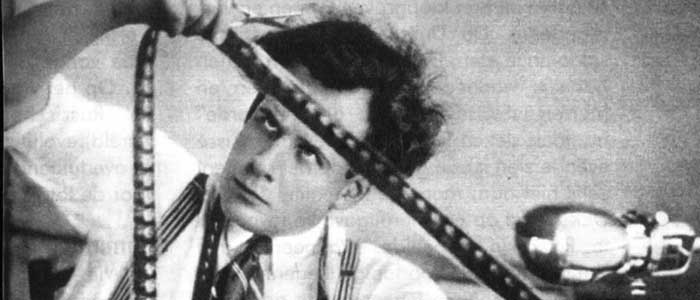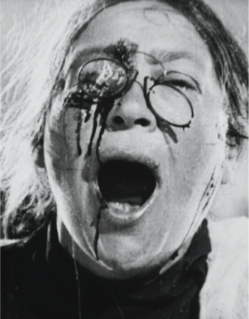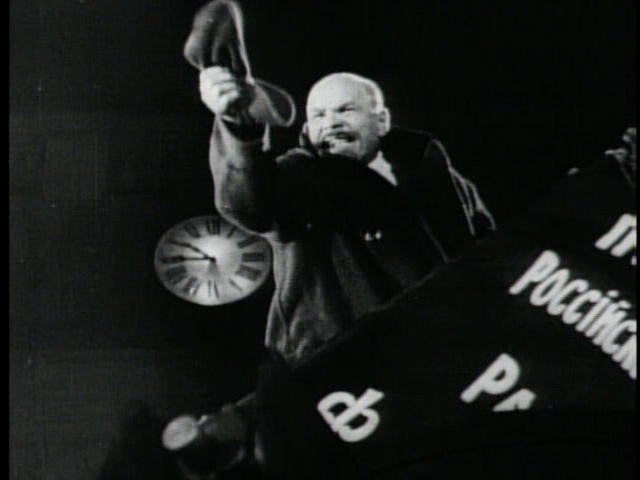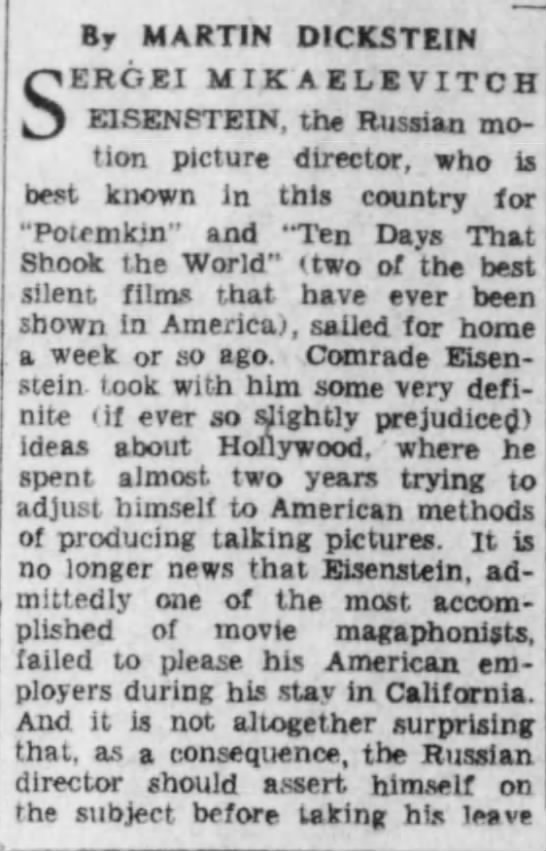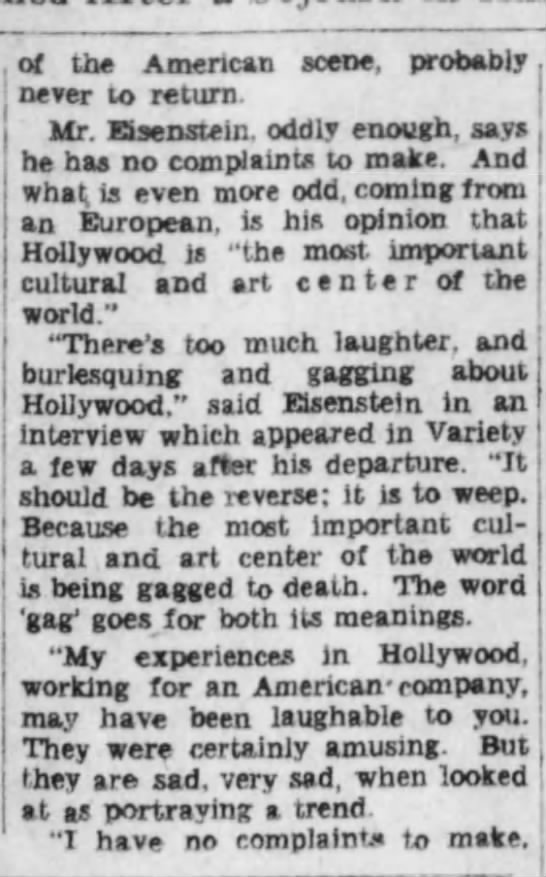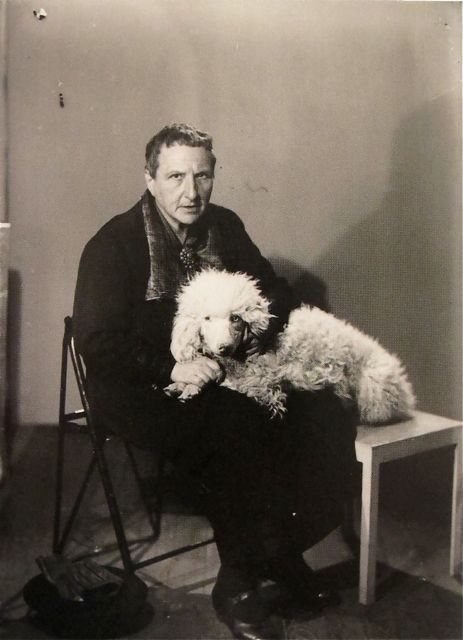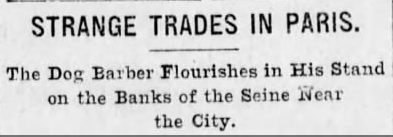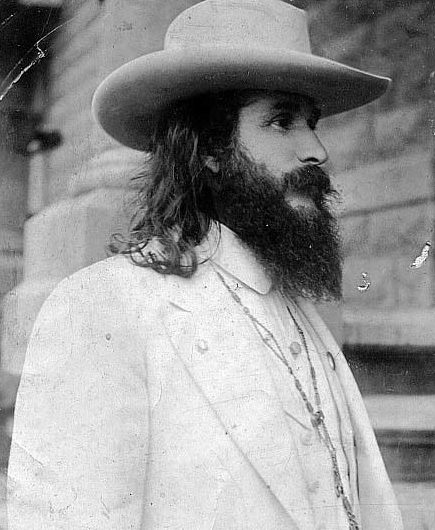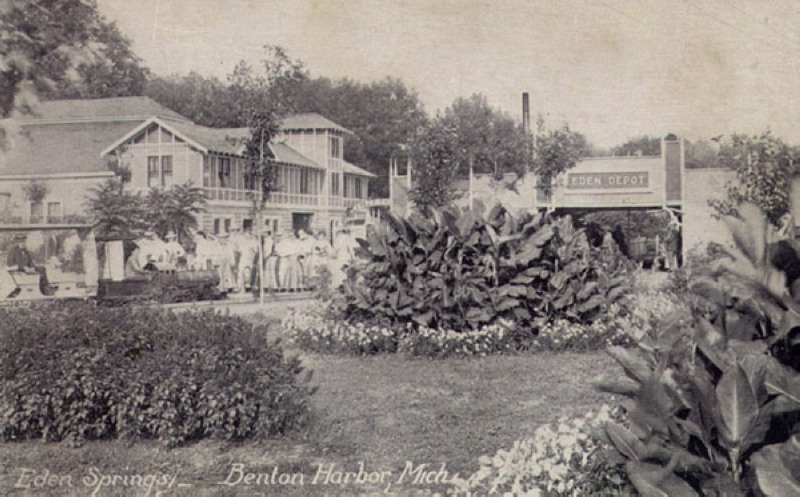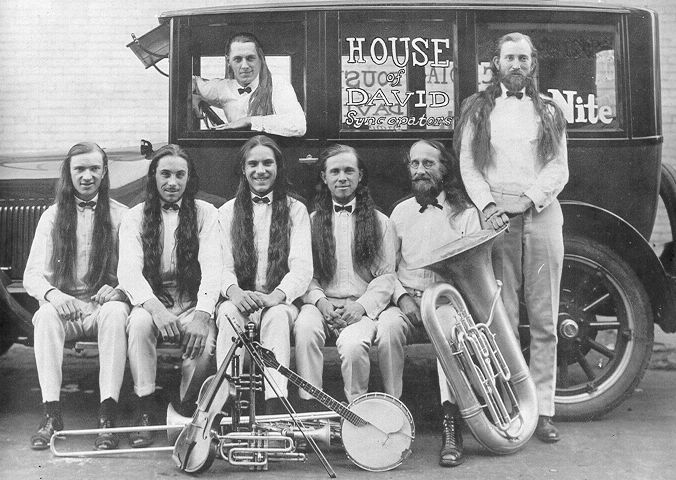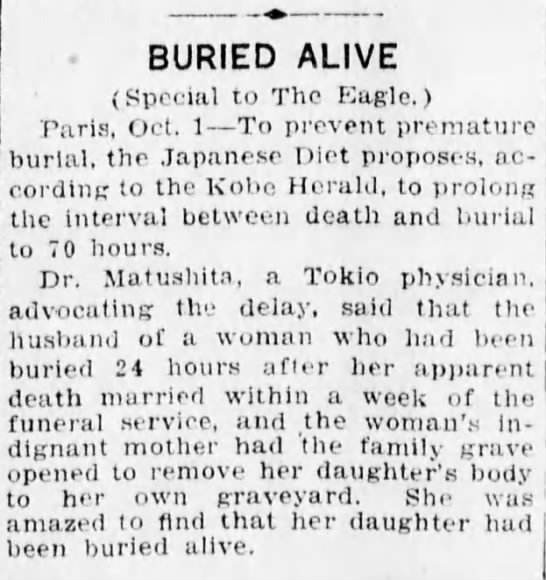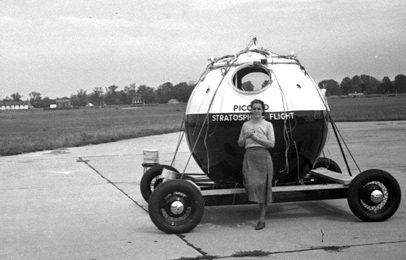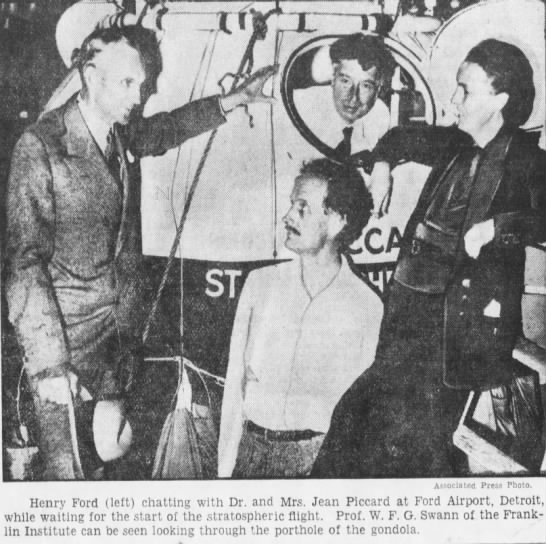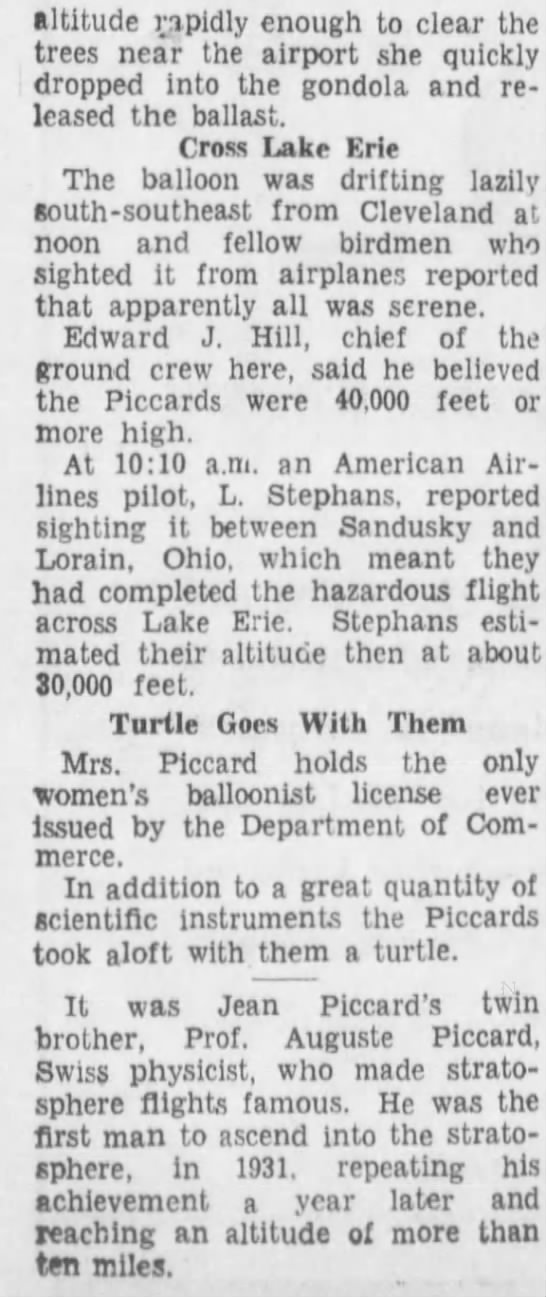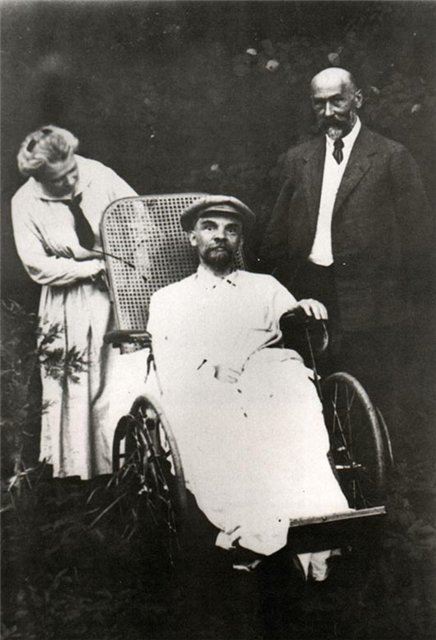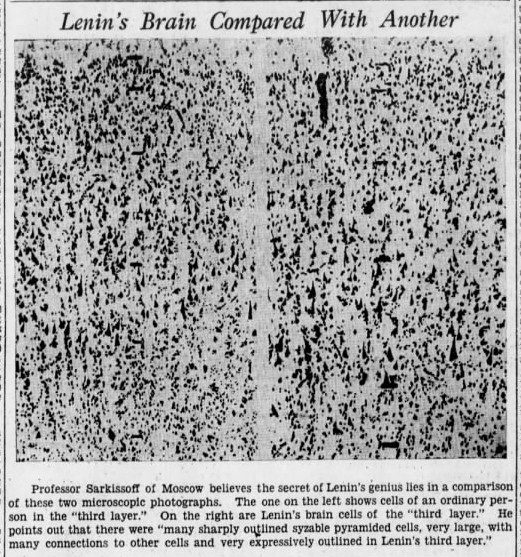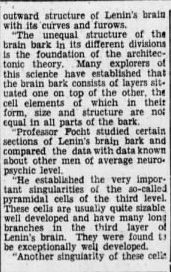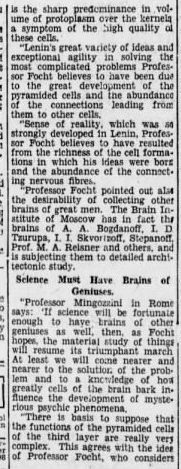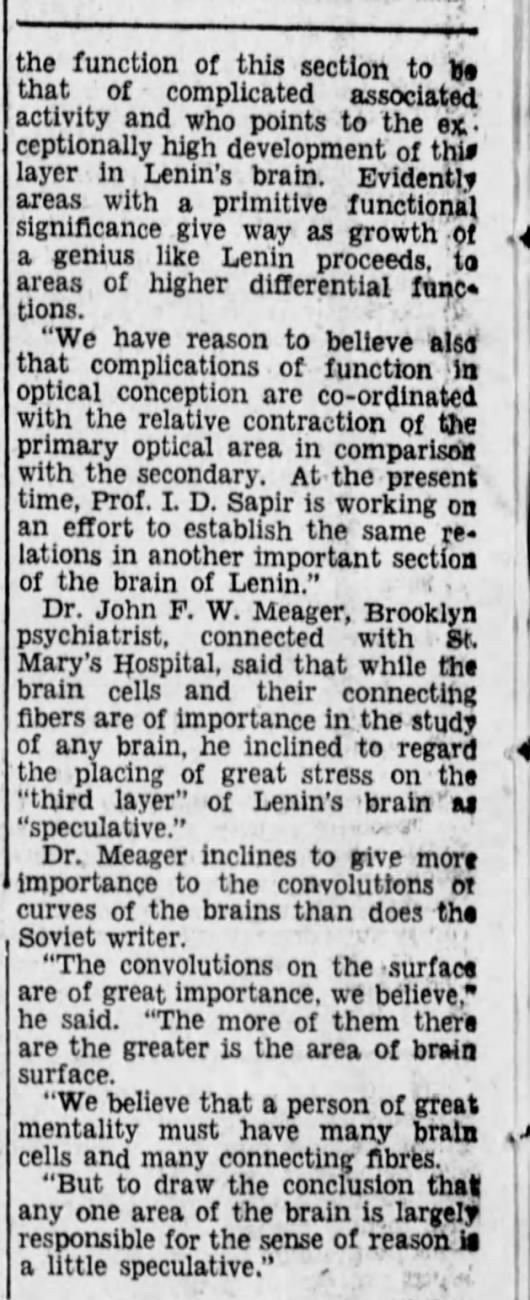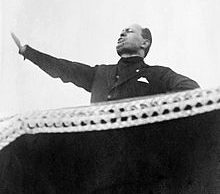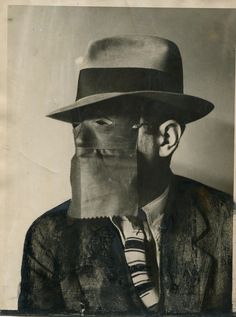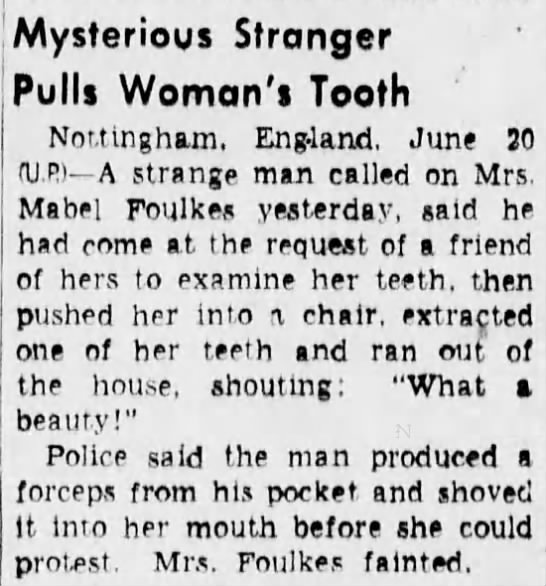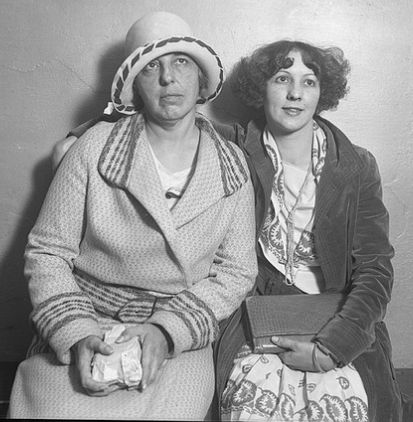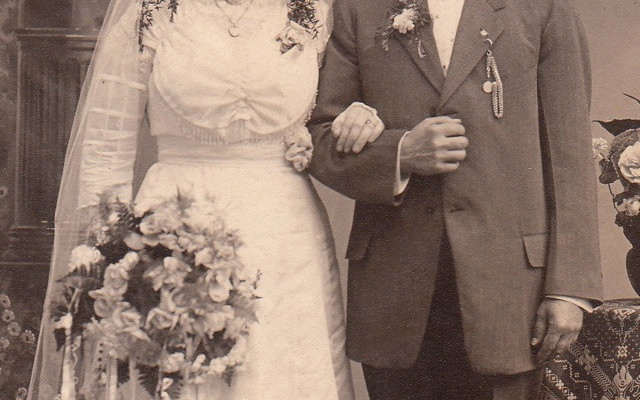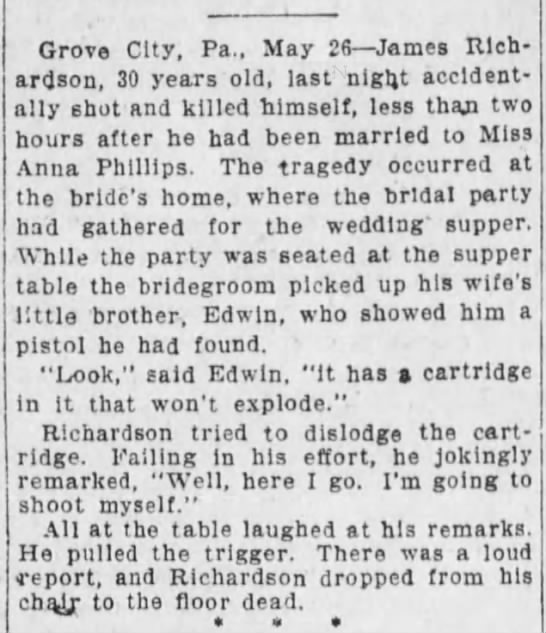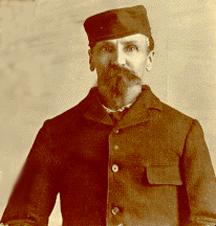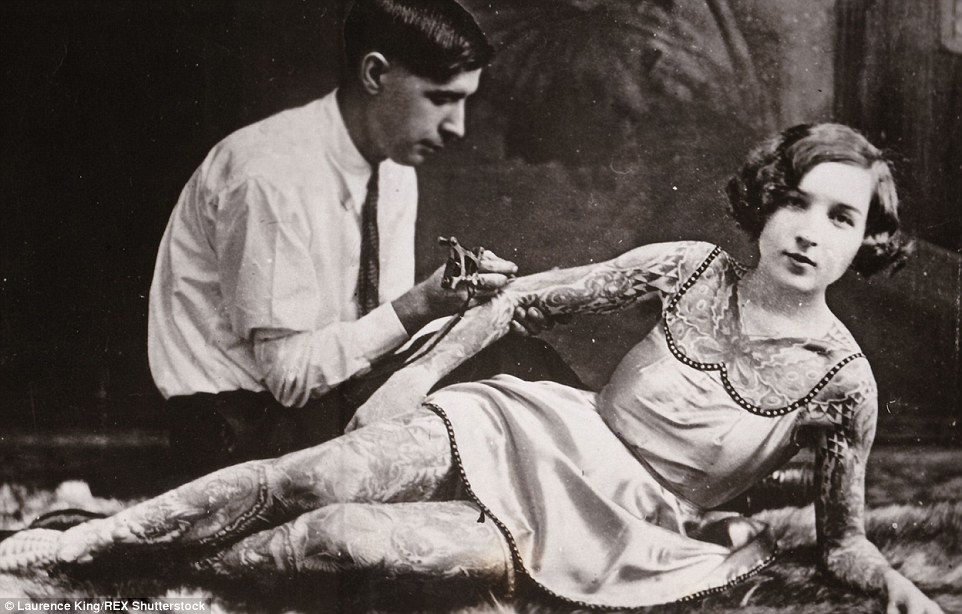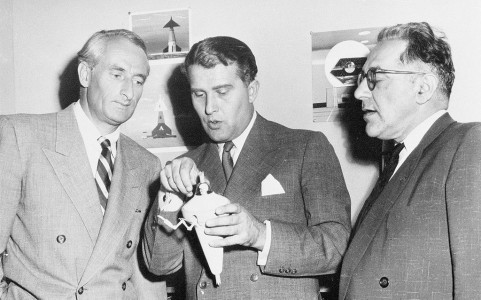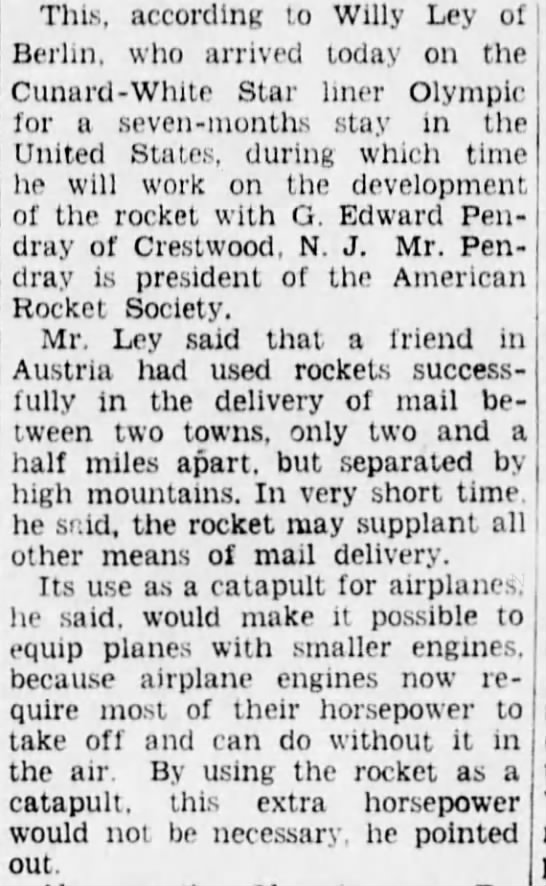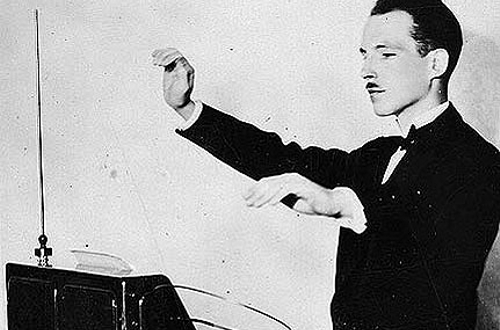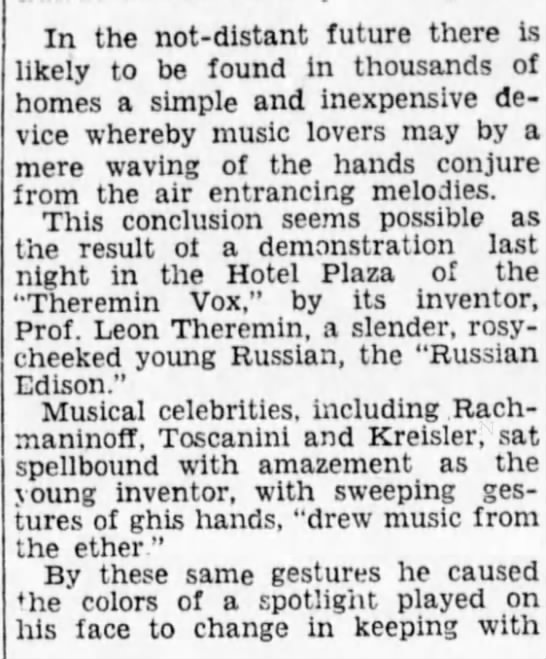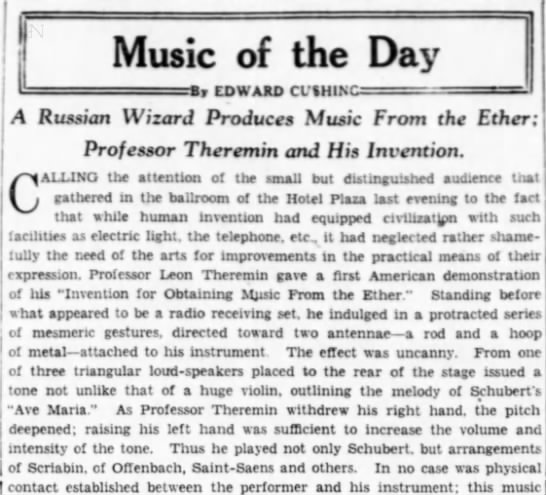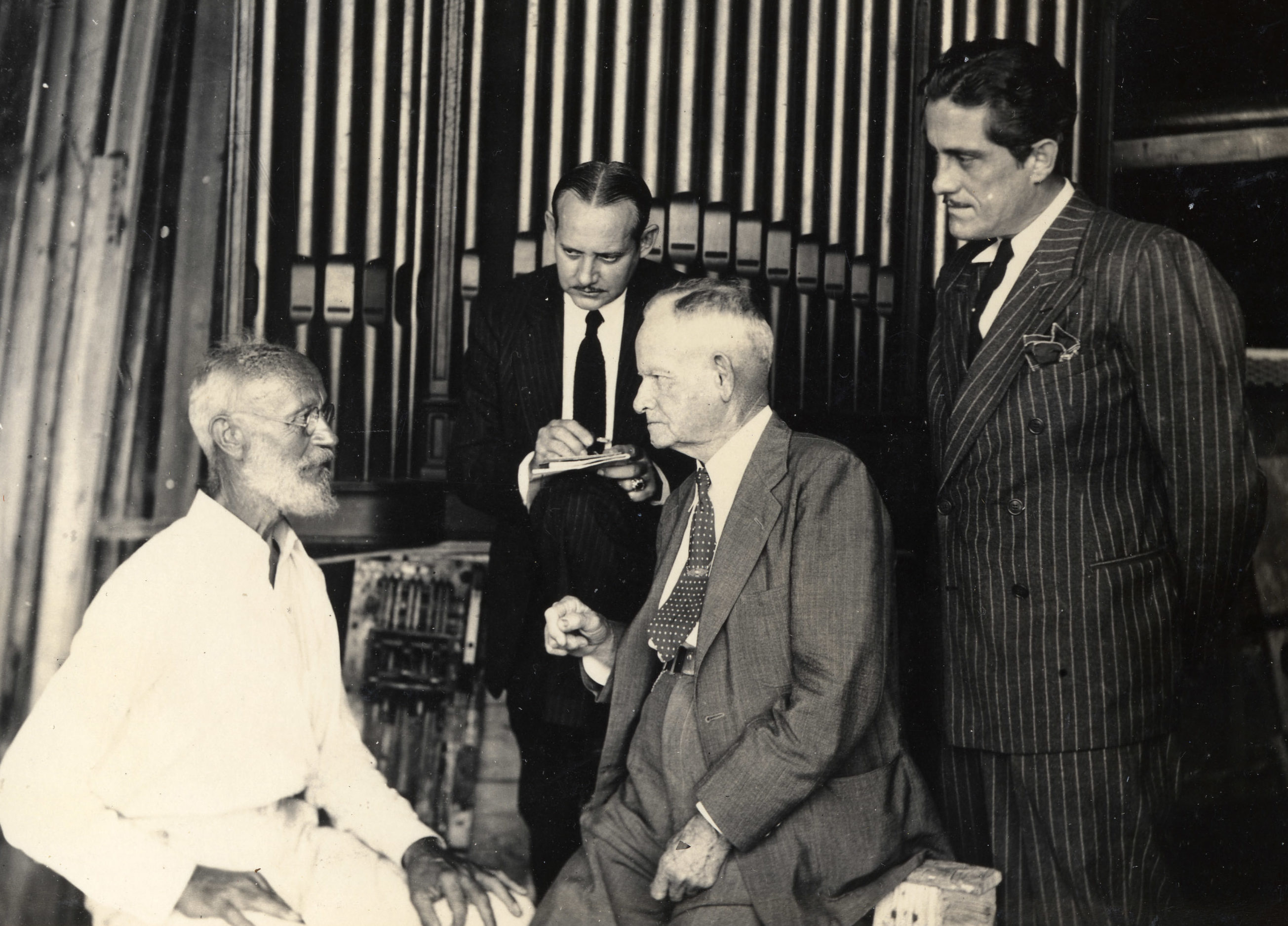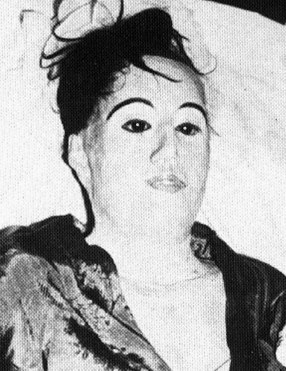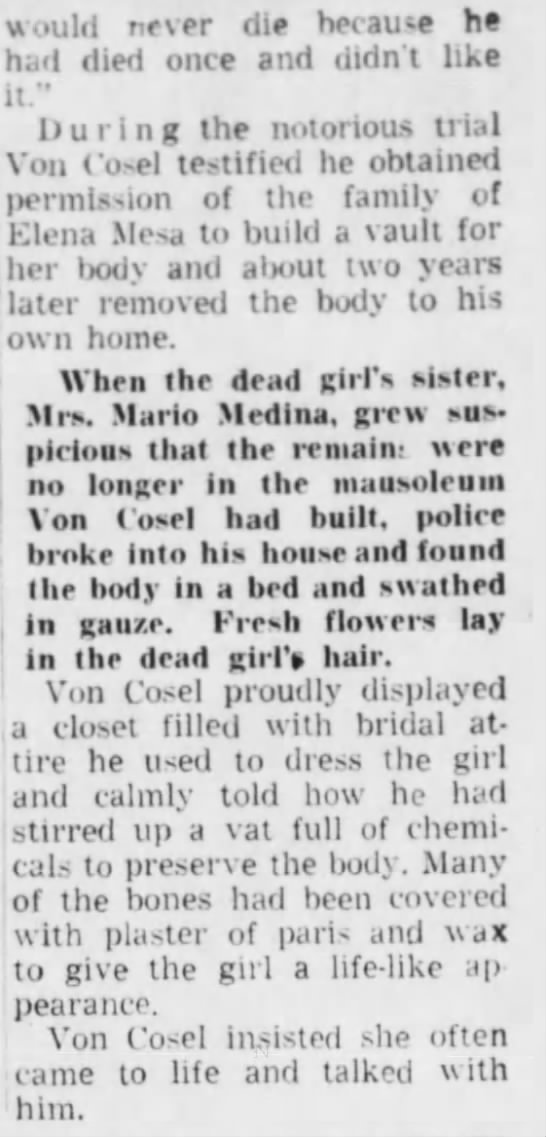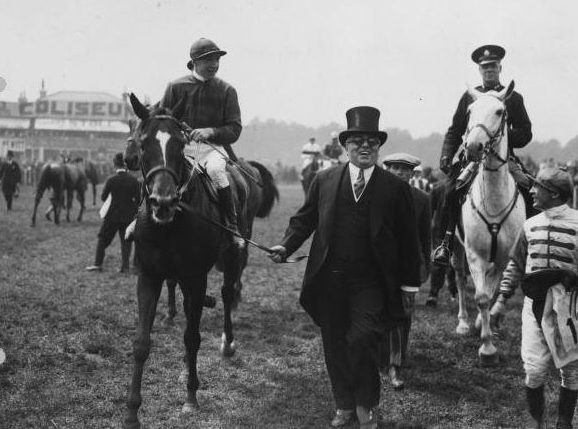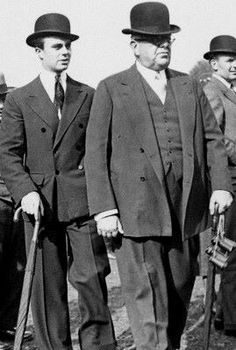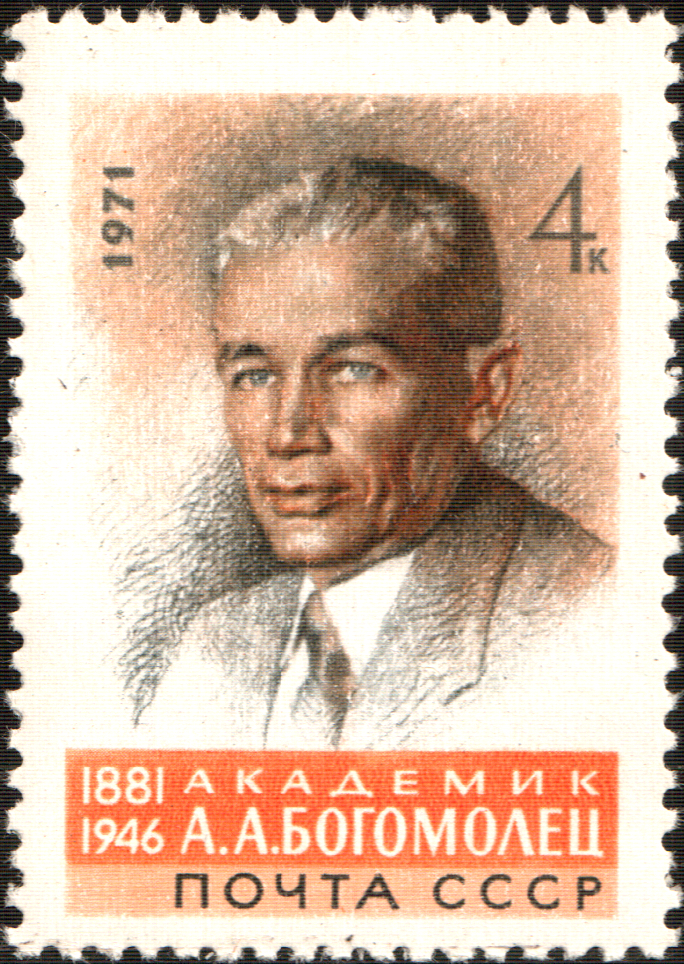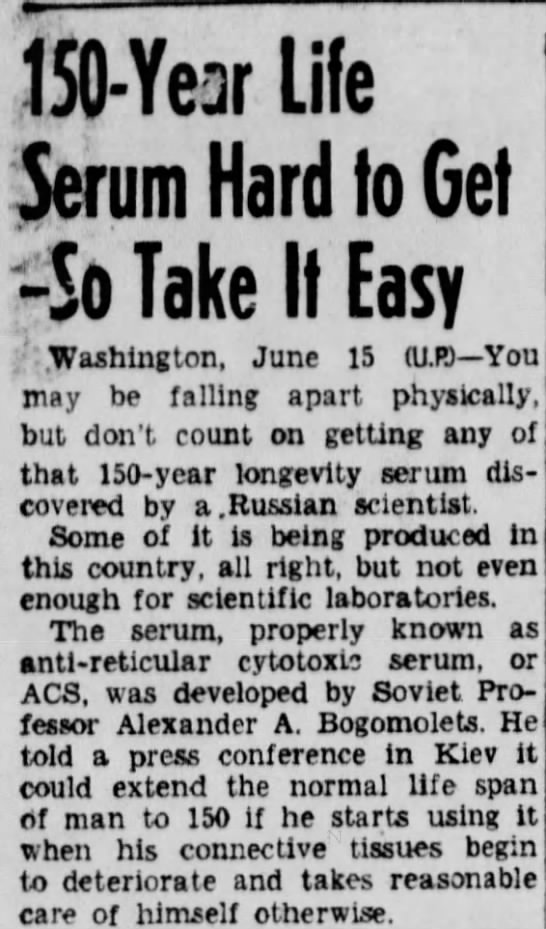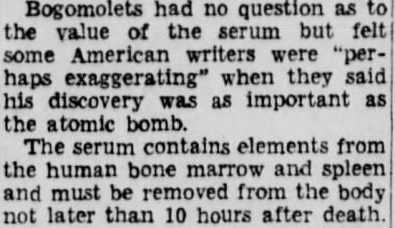A great light of the nineteenth-century chess world who burned briefly, Harry Nelson Pillsbury was a brilliant player as well as an accomplished mnemonist capable of quickly absorbing and regurgitating seemingly endless strings of facts. In fact, according to his Wikipedia page, he could “could play checkers and chess simultaneously while playing a hand of whist, and reciting a list of long words.” Pillsbury never had the opportunity to become world champion because his mental health deteriorated, the result of syphilis which he contracted in his twenties. An article in the April 9, 1906 Brooklyn Daily Eagle assigned his decline to more genteel origins.
You are currently browsing the archive for the Old Print Articles category.
Just as talkies were announcing themselves across America, genius Russian silent film director Sergei Eisenstein was dejectedly departing Hollywood, no richer financially or creatively for his failed attempts at pleasing U.S. movie producers. An article in the May 1, 1932 Brooklyn Daily Eagle made clear his disenchantment with the business end of show business and the automaton nature of the burgeoning studio system.
As his sprawling 1927 Brooklyn Daily Eagle obituary put it, cult leader Benjamin Purnell had “executive ability.”
He used native business acumen to escape an impoverished youth in Kentucky through the establishment, in 1903, of a religious cult known as the House of David, which he cofounded with his wife, Mary. They claimed to be the final representatives of God who would be sent to Earth.
“King Ben,” as he came to be known, built a veritable empire of a commune, which bore fruit literally and figuratively, burnishing his brand by portraying himself as immortal and promising to confer everlasting life unto others who gifted him with their worldly possessions. It worked wonderfully well for a while. The community boasted a cannery, an electricity plant, bands, orchestras, a zoological garden and a barnstorming baseball team of wide repute.
By his last decade, though, Purnell was accused of having sex with numerous underaged girls who lived on the grounds and was also beset by other legal issues. As a royal, priest and CEO, his career was in tatters. He died soon after his fall from grace, mortal as the rest of us, with some followers splintering into smaller groups.
The obit’s opening is embedded below.
Tags: Benjamin Purnell, Mary Purnell
Jeannette Piccard, bold balloonist, is pictured directly above with her husband, Jean, and Henry Ford, the anti-Semitic automaker on hand to wish them–and their pet turtle–well on a daring 1934 trip via gondola into the stratosphere, which turned out to be a bumpy ride. Jeanette is usually credited as the first woman in space; her spouse was the twin brother of Auguste Piccard, the family’s most famous aeronaut. (The siblings would decades later inspire the name of Patrick Stewart’s Star Trek captain.) Jeannette traveled far not only up there, but also in here, following up her aviation exploits and a stint at NASA by being ordained an Episcopalian priest. An article in the October 23 Brooklyn Daily Eagle recorded the fraught moment when she reached the high point of her life, literally at least.
From the June 20, 1895 New York Times:
Newark, N.J.–There is trouble here between stockholders of the Universal Industrial Power Company, a corporation organized to furnish capital for manufacturing a machine for producing perpetual motion, and Michael Patrona, the inventor.
As a result of the trouble Patrona is now guarding with a shotgun the little shop where he claims to have the invention almost complete. He is afraid, he says, that capitalists who advanced the money will steal the design.
Patrona is an Italian and came to this country less than a year ago. Through Civela & Ceste of New-York he was introduced to capitalists here, among them Newark’s richest Italians. He represented to them that he had discovered the secret of perpetual motion.
The result of these representatives was the organization and incorporation of the Universal Industrial Power Company. Money was advanced from time to time to pay for castings, machinery, and other supplies, and also for $1 a day which Patrona was allowed while working on the machine. Thus far $8,000 has been advanced.
Patrona called a few days ago for more funds to put the machine together, claiming that all the parts were finished. The stockholders objected to putting up any more money until they had evidence of the success of Patrona’s labors. He refused this request on the ground that he might be robbed of his invention, on which he had been laboring for years. He assured the stockholders, however, that this would be the last call for funds.
The stockholders were just as obstinate as Patrona. As a result he has armed himself with a shotgun, and stands guard at the entrance to the building which holds what he calls his great invention.
Counsel for both sides will try to effect a compromise.•
Demand invites supply. Case in point: Medical schools need bodies for students to work on, so a trade arose in the nineteenth century that put grave robbers in cahoots with medical colleges. Shovel-ready entrepreneurs scanned local papers for death notices, headed to cemeteries, usually with doctors in tow, and welcomed back the recently departed. Sometimes the bodies of particularly wealthy citizens would be ransomed, but the corpses would usually just be sold for a couple of bucks to universities. An inside look at an Ohio operation in this strange “recycling” business appeared in the November 18, 1878 New York Times. The story:
Cleveland – Joiner, the wretch who has been in all the recent grave robbing jobs in this section, continues to divulge the secrets of the trade. He pretends to be very contrite over what he has done, and ready to make amends by exposing his companions in guilt. His last story related to Mr. J.E. French, a son of the old gentleman who was ruthlessly torn from his grave, in Willoughby, on Sept. 16. The robbers watch the newspapers, and when death notices of persons thought to be available occur, the graves are visited and a resurrection takes place. In August last a young man fell over a ledge in Geauga County and broke his neck. The fact was published, and the night after the funeral Minor and Joiner repaired to Chardon, 30 miles distant, where the burial had taken place, with the intention of obtaining the body. As usual, the doctor was sought, who told them that the grave was watched by two men with shot-guns. This was unpleasant, but the robbers thought the doctor might be deceiving them with the intention of obtaining the body himself. They accordingly sought another doctor, who confirmed the story, and so they abandoned the scheme and returned. At Chester Cross Roads, in the same county, two robbers from this city were assisted by the Doctor and a medical student of that village. They went to get the body of an old lady who was very fleshy, and who had died of apoplexy. The coffin was reached and broken open without accident, and a hook fastened in the neck. Four men tugged and pulled in vain at the prize, but were unable to move it. They were in despair, when a happy thought struck them. Taking the reins from the harness and hitching the horse to the hook, the body was successfully brought to the surface. Another pull and the body was safely sacked and loaded. Another visit was made to Hampden, in this county, and this time the robbers were assisted by two doctors and a medical student. They did what Joiner calls a good night’s work, obtaining three bodies in a short time. One of these was that of a butcher, and as his body was sacked the home doctor remarked: ‘I’ve bought meat of this man many a time, and now I’ll sell him for meat.’ Some time after this the body of a young lady was stolen from the cemetery at Leroy, Lake County. After digging a certain distance they found water. This had to be bailed from the coffin before the body could be taken out. The corpse was found to be somewhat swollen but made a good subject. Mr. French, who is quite wealthy, expressed his determination to follow up this gang and will prosecute in every case. Dr. Carlisle, who is said to have assisted in the Willoughby job, has been indicted in the Lake County Court for disturbing the grave. The best counsel in this part of the State has been engaged on both sides, and important revelations will doubtless come out. The trial is set down for Thursday next.•
From the March 26, 1899 New York Times:
In New York City about 1832, a period of “great awakening” that begat Mormonism and many other sects, among them one in Kentucky, whose members, in order to win heaven by making themselves as little children, used to crawl on their hands and knees in church, play marbles, trundle hoops, and otherwise manifest their infantile madness.•
Vladimir Lenin’s corpse has had a perplexing postscript, but one particular body part, his brain, may have had the most fascinating “afterlife” of all, as the leader’s adoring people sliced it and diced it, hoping to find the source of the genius that propelled the Bolshevik Revolution. In an article in the February 24, 1929 Brooklyn Daily Eagle, the paper underestimated the pieces the organ had been pulverized into, numbering it at 15,000, when it was actually more than twice that many.
It almost never ends well for a demagogue nor for the demagogue’s people. Fascists are merely vulgar clowns until they’re in a position to do grave damage.
Was reading a passage from a 1925 article that ran in the Brooklyn Daily Eagle which begins this way: “Benito Mussolini is a fascinating character.” The writer wonders why Il Duce’s insane utterings demand rapt attention when others making similar statements would be jeered from the stage. That thought, of course, brings to mind the odious campaign of Donald Trump, a deeply wounded man who works a room like Torquemada as a Reality TV host.
James Baker has asserted he’s unafraid of a Trump Presidency, our checks and balances there to restrain his worst impulses. But a sick, authoritarian mind even scribbling in the margins of the Constitution could wreak havoc. The scariest part of the report below is that it argued the Italian dictator was already in steep decline, but just think how much suffering he caused before ultimately meeting the business end of a meat hook.
Tags: Benito Mussolini, Donald Trump
May Otis Blackburn may not have been the first Los Angeles cult leader, but she did do her voodoo several decades before Krishna Venta, L. Ron Hubbard or Charles Manson. Unsurprisingly, it did not end well.
“The Divine Order of the Royal Arms of the Great Eleven” (aka “The Blackburn Cult”) was established in 1922, after the “Queen and High Priestess” claimed the angels Gabriel and Michael were communicating divine messages to her and her daughter, Ruth Wieland Rizzio. They were assigned to write a book dictated to them by the angels, the publication of which somehow leading to the apocalypse.
Before the decade was through, the group was linked to animal sacrifices, sex scandals, an attempted resurrection of a deceased teen girl, poisonings and a follower being baked to death in a brick oven. When Blackburn was found guilty of grand larceny in 1930, the cult lost its agency. An article in the October 11, 1929 Brooklyn Daily Eagle reported on the grisly undertakings.
From the April 13, 1883 New York Times:
Denver, Col.–The trial of Alfred G. Packer, charged with having murdered his five companions in San Juan County in 1872, in progress at Lake City for the last few days, was concluded to-night, and the case was given to the jury. The evidence shows that a party of six was organized in Southern Utah in 1872 to prospect in Southern Colorado. While in the vicinity of the present site of Lake City a blinding storm came on and the party lost their way. Their food gave out and for days they lived on rose buds. The men became desperate, and some of them went crazy. While his companions were in this condition Packer deliberately fell upon and butchered the whole party, and for several weeks lived on flesh cut from their bodies. During the trial yesterday Packer calmly made a statement taking two hours for its delivery. He related the experience of the party from their setting out from Utah, closing with the most sickening details of the murder and his subsequent feasting on human flesh. He claims that the killing was done in self-defense. The evidence showed that each member of the party, except Packer, possessed quite a large amount of money, upon which Packer has since been living. After nine years wandering he was captured a few weeks ago near Fort Fetterman, Wyoming. While the evidence is entirely circumstantial, yet it is deemed conclusive. A verdict of guilty is confidently expected.•
The top photograph offers an odd juxtaposition: That’s Wernher von Braun, a rocketeer who was a hands-on part of Hitler’s mad plan, whose horrid past was whitewashed by the U.S. government (here and here) because he could help America get a man on the moon; and Willy Ley, a German science writer and space-travel visionary who fled the Third Reich in 1935.
A cosmopolitan in an age before globalization, Ley only wanted to share science around the world and encourage humans into space and onto the moon. He knew early on Nazism was madness leading to mass graves, not space stations. When Ley arrived in America for a supposed seven-month visit by using falsified documents to escape Germany, he worked a bit on an odd rocket-related program: Ley led an effort to use missiles to deliver mail. It was a long way to go to get postcards from point A to point B, and an early attempt failed much to the chagrin of Ley, who donned a spiffy asbestos suit for the blast-off. An article on the plan’s genesis ran in the February 21, 1935 Brooklyn Daily Eagle.
Leon Theremin, who died in 1993 at age 97, was most famously the creator of an electronic instrument in the 1920s that seemingly stole music from the air. Considered the Russian counterpart to Thomas Edison for his innovations in sound and video, he also created ingenious spying devices for the Soviet Union when he returned to his homeland–perhaps he was kidnapped by KGB agents but probably not–after a decade in the U.S. Two January 25, 1928 Brooklyn Daily Eagle articles (here and here) reported on the inventor’s Manhattan demonstration of his namesake instrument in front of a star-studded audience.
Here’s a 1962 demonstration of the Theremin on I’ve Got A Secret. The mysterious machine still needed explaining more than three decades after its invention. Musician Paul Lipman does the honors.
Theremin making music himself.
New England tinkerer Arthur Blanchard didn’t patent a machine in 1916 to remove the guesswork from the pre-Talkie screenwriting process but merely to alleviate humans of the guessing. The so-called thinking machine was a handheld device that used a slot-machine method to cough up plots. It was marketed as “The Movie Writer,” though it was said to be helpful in the creation of poems and novels as well. In 1921, the Brooklyn Daily Eagle ran an article celebrating this simple technology.
Tags: Arthur Blanchard
Aga Khan III came from good stock.
Believed to be able to trace his ancestry directly to the prophet Muhammad, the spiritual leader to millions upon millions of Muslims was also a Cambridge-educated, jetsetting, racehorse-owning, tiger-shooting playboy. Considering that many in his flock weren’t exactly ensconced in affluence and he was by all accounts living the highest of high lives, it’s stunning that the Aga Khan inspired not envy but adoration. It was a different time.
A January 19, 1941 Brooklyn Daily Eagle article profiled the Aga Khan when he was 63. It explained the devotion he enjoyed this way: “He works hard for his people and plays hard for himself.” That may have been true, though I can guarantee he didn’t subsist on a diet of peeled grapes as this piece suggests.
Tags: Aga Khan III

